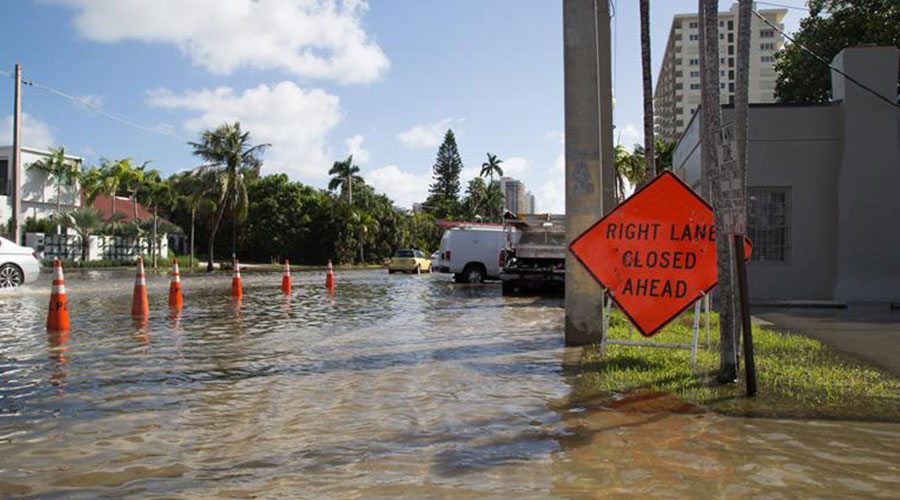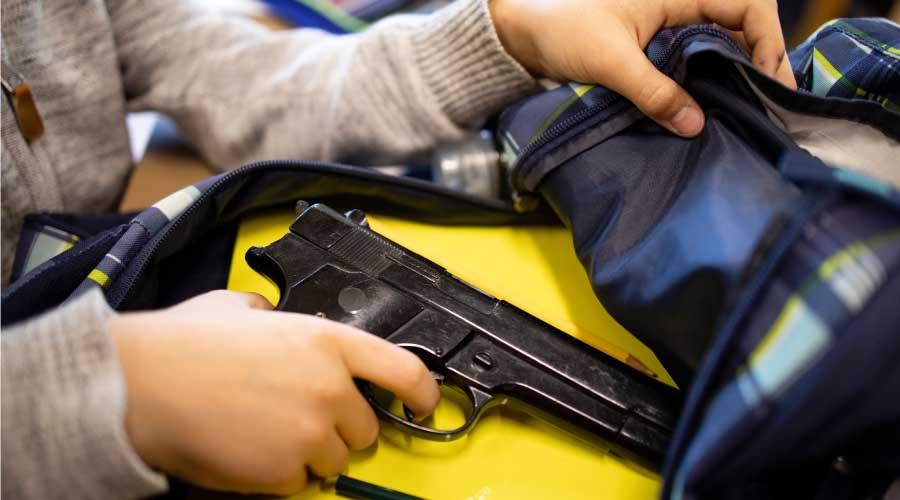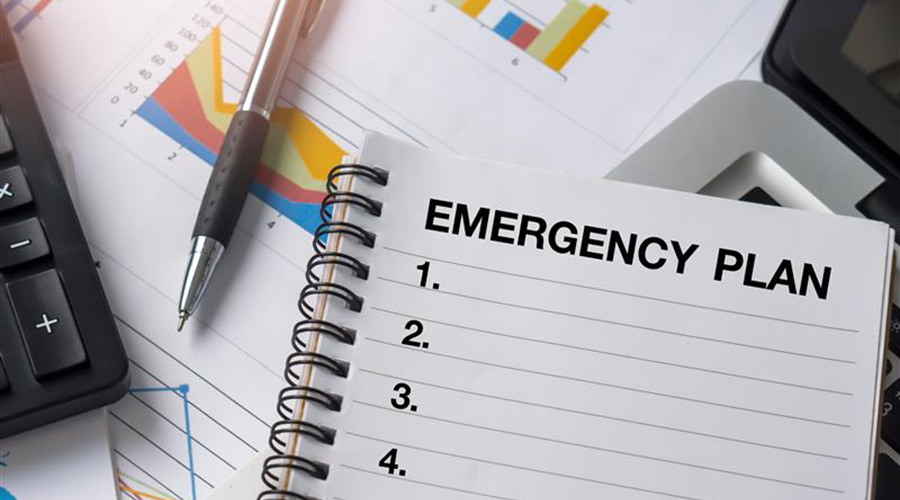Preparing for Equipment Rental When Emergencies Strike
Effective emergency preparedness in institutional and commercial facilities involves a host of challenges and considerations. High on the priority list of such issues for maintenance and engineering managers is ensuring their facilities have access to key pieces of rental equipment — including portable cooling and heating units, generators, and fans — in the event the emergency damages or knocks out installed equipment.
By identifying a facility's equipment rental needs based on operations and priorities, providing training for technicians, and understanding rental contracts, managers can ensure that equipment is in place and operational in the event of an emergency.
Knowing Your Needs
Emergencies fall into two categories: natural events, including fires, floods, rainstorms, tornados, and hurricanes; and unscheduled outages due to breakdowns or terrorist attacks. All of these situations can generate unanticipated needs for rental equipment. Buildings of all kinds, from research facilities and managed care facilities to schools, libraries, and data centers, are vulnerable to a loss of power and with it, the loss of critical HVAC and other equipment.
A disaster-recovery plan that starts with a site evaluation by trained professionals can give managers excellent preparation customized to a facility. The site evaluation begins with an equipment inventory.
Electricity and gas supplies are the highest-priority need because all other equipment — heaters, chillers, intake and exhaust fans, blowers, and motor-driven equipment — relies on electrical power generation and transmission, even supply air for air-operated equipment and instruments.
Emergency lighting usually lasts about 30 minutes, and then batteries die, leaving basements, underground garages, and windowless passageways and buildings entirely dark. These areas require backup power to provide lighting so emergency responders and maintenance personnel can access them safely.
Communication equipment, such as landline, cellular and satellite phones, also are high priorities. A widespread event, such as a tornado, flood, or hurricane, can knock out all of this equipment. Then the only means of communications are two-way radios or cars that provide messenger service into and out of the disaster area with updates on conditions so emergency responders know what they need.
One key item on any manager's emergency equipment list is a power generator. These units require gasoline, diesel oil, propane gas or natural gas. In addition to ensuring a readily available fuel supply, managers also need a checklist for annual generator inspections.
Natural gas is a popular fuel source in emergency-prone areas, such as Florida and the Gulf Coast, because it is generated far from the point of use and piped underground directly to the equipment. The transmission system has plenty of redundancy, and the transmission piping holds millions of cubic feet of inventory, eliminating the possibility of running out of fuel.
An automatic-transfer switch is another must-have item. If an emergency such as a thunderstorm or transformer explosion knocks out power, switching to an alternate source should be instantaneous using an automatic-transfer switch so sensitive equipment such as computers are not disabled, causing irreplaceable losses.
Related Topics:














